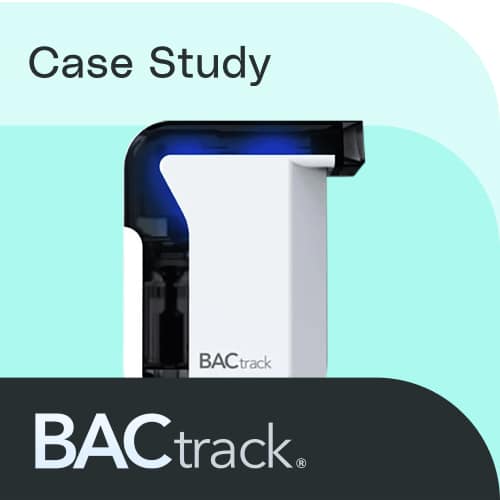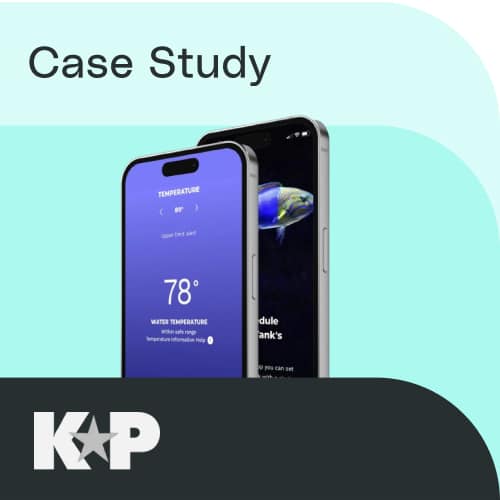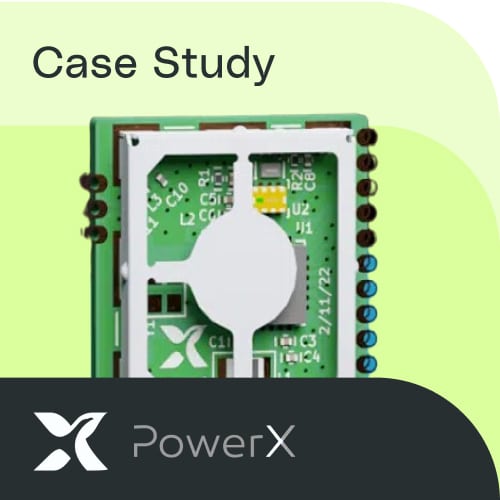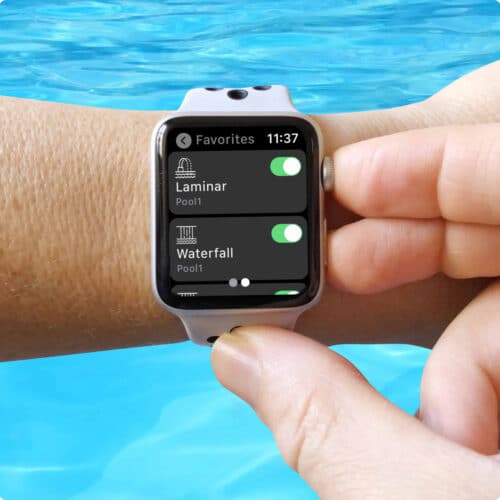Establishing Real-Time Identity for Physical Security in Logistics
A security startup partnered with Very to design, demonstrate, and implement a physical security system that protects valuable assets and enables security personnel to engage in responsive intervention in real time.
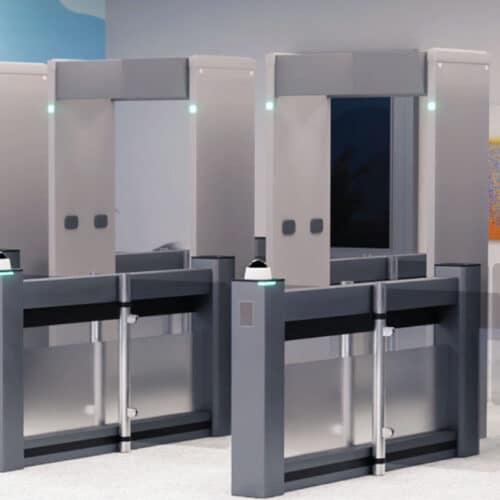
Startup in the Security Industry (SSI)
Innovative developer of facial recognition software
IoT Solutions
Software Engineering, Hardware Engineering, Machine Learning, Web Application Integration
Project Timeline
Demo: 4.5 months, Production Deployment: 2 months (remote) + 3 weeks (onsite)
Tech Stack
Elixir (IoT Firmware), Python (ML), TypeScript + AWS (Lambda, RDS, S3)(Back End), React (UI)
Introduction
When a startup in the security industry (SSI) [name withheld due to the sensitivity of their work] first approached Very, they had an opportunity wrapped in a big problem. SSI was selected to bid for a project that might change the future of their company – but they only had five months to develop a functional prototype, and their long-time CTO had just left the company. They needed technology muscle and didn’t have time to ramp up a new team.
Very swiftly stepped up to the challenge, built the prototype, and successfully demonstrated the implementation onsite at a facility owned by SSI’s prospective customer, a global logistics company. Thanks to Very’s expertise and tight turnaround time, SSI won net-new business in a new industry that primed them for a national rollout of their technology.
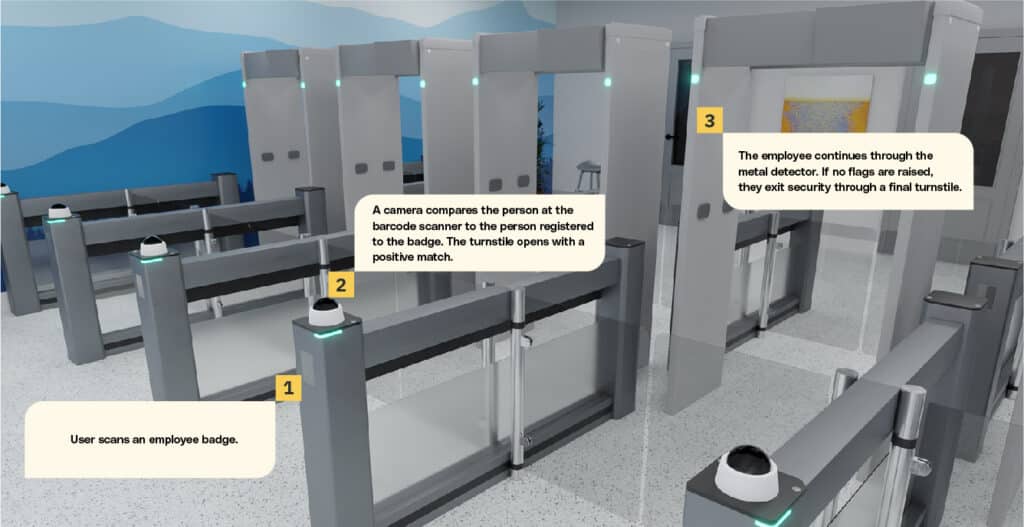
Background
SSI saw their first successes deploying facial recognition in music arenas to detect “bad actors” (stalkers or people who had previously threatened artists). As part of the market expansion strategy, SSI bid on a large contract to secure a global logistics company’s warehouses whose secure facilities house high-end consumer electronics to be distributed throughout the United States.
Breaking Into a New Industry
SSI, who had experience with facial recognition software, came to Very in November 2020 with an aggressive timeline to develop a working demo for the global logistics company by early March 2021. They envisioned a system where a user scans an employee badge, then a camera – mounted either to the ceiling or within a turnstile – compares the person at the barcode scanner to the person registered to the badge. If the system shows a positive match, the turnstile opens and the employee proceeds through a metal detector. If the metal detector doesn’t flag the employee, they continue through one more turnstile to exit security and enter the warehouse.
The vision was in place. But SSI was up against a wall facing a variety of challenges that would determine the success or failure of their demo:
- No cloud or back end infrastructure was in place.
- No front end user interface (UI) existed for the guards and site administrator.
- Edge compute was undefined. Cameras and barcode scanners were undefined and mounting conditions were unknown.
- Turnstiles and metal detectors were unspecified and were being sourced by the global logistics company.
- Facial recognition performance was not validated.
SSI had less than four months to address these issues and deliver a flawless demo to the logistics company.
Why a Startup Under Pressure Chose Very
Having worked with Very on a successful engagement at a previous company, SSI’s freshly appointed CTO knew that we would engage our senior-level engineers early in the process to save precious development time. The CTO trusted our experienced team to make critical architectural and implementation decisions to finish the prototype on an expedited timeline.
How We Responded
At the beginning of the engagement, Very promptly got to work on multiple aspects of the project to meet the tight deadline. Daniel Spofford, Software Engineering Practice Lead; Justin Schneck, Software Engineering Fellow; Allie Sargente, Software Engineer; and Nick Refalo, Senior Director of Program Management defined and roadmapped solutions. Cristian Martinez, Software Engineer, even led a small team of front end developers from SSI and directed their efforts to design, build, and integrate the new UI.
As with most Agile IoT projects at Very, the team started by breaking it down by discipline. Then Very identified essential steps to continuously deploy new features weekly after establishing the hardware and back end pipeline.
Firmware
The team selected the demo and production variants of the edge compute hardware and developed custom firmware for it. The firmware, written in Elixir, allowed the team to use high-level abstractions and built-in fault tolerance to speed up development. In addition, the low latency of OPT and Erlang VM allowed the Very team to perform onsite image recognition to meet the stringent performance requirements.
Software
The team needed to establish a back end pipeline using Amazon Web Services (AWS) to connect to the cloud. While the onsite edge compute would perform all real-time facial recognition, we needed to connect to AWS to provide data to the web-based UI.
Cristian and the front end developers also designed and built out a clean, functional UI enabling the guard to monitor movement through each lane while empowering them to address failures and clear lanes. Each lane needed to represent the output from a badge scanner, facial recognition camera, entrance turnstile, metal detector, and exit turnstile.
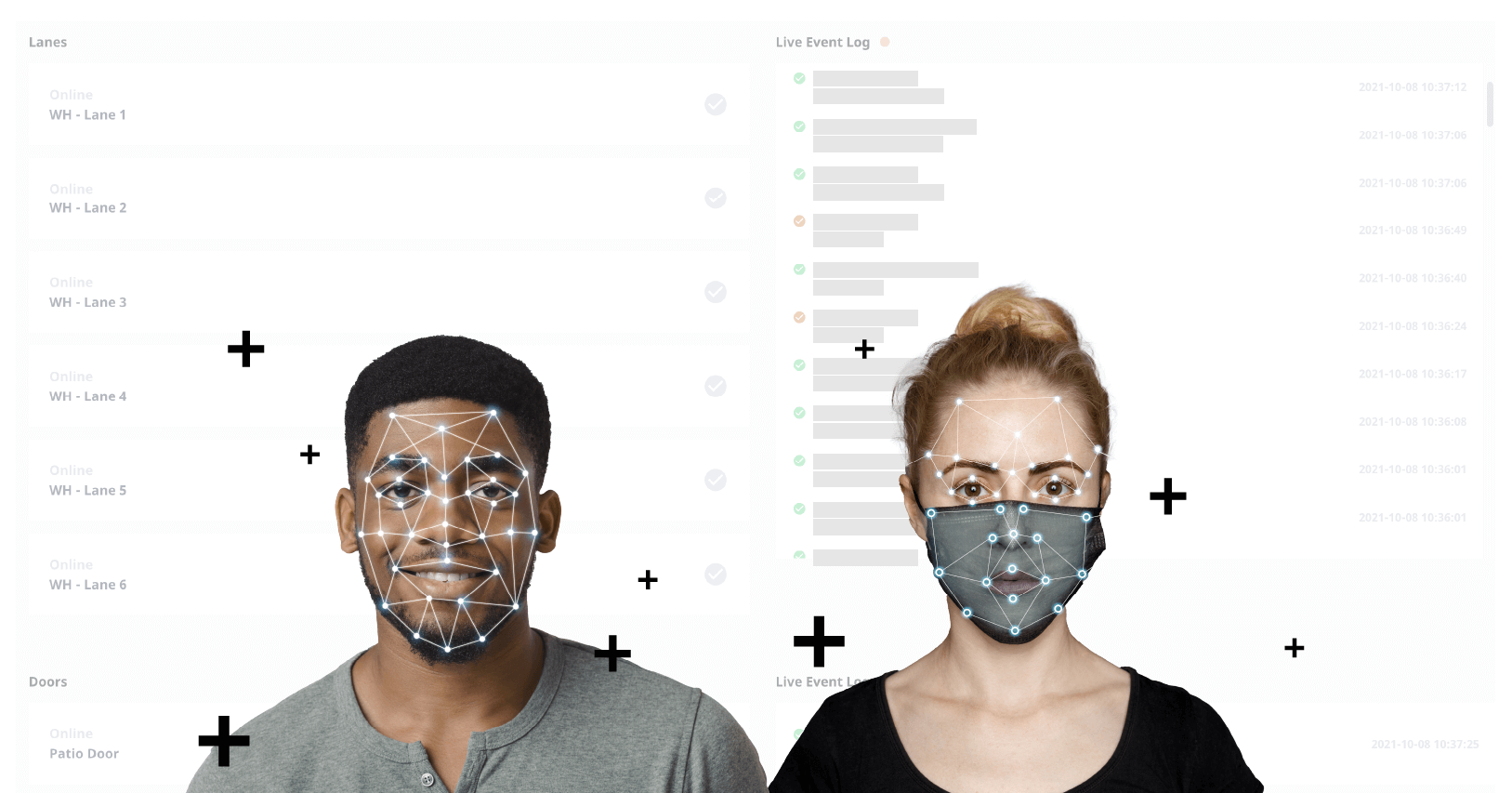
Integration Engineering
In the early stages of the project, no one knew which mounting method would provide the best vantage point for facial recognition. So we explored several options and calculated the camera angle taking into account a range of heights. Once we had the camera viewing angle established, Very’s onsite team set the mounting location based on the performance of the facial recognition system. Finally, the team selected the cameras for use and defined a scheme for mounting cameras overhead and into the turnstile.
End-to-End Feature Testing: Deploy and Verify
The first success metric was enabling the firmware to run facial recognition. The Very team validated the algorithm against the labeled faces in the wild benchmark to ensure facial recognition worked. For the initial testing, the Very team also validated the process with and without face masks.
Helping the Client Win Business in a New Industry
The demo for the national logistics company took place onsite at the turnstile integrator’s site in March. While Very and SSI were able to prepare in advance, this trip was the first time they could integrate with the production-intent turnstiles and metal detector. The Very team had 24 hours after arrival to ensure everything interacted as expected before presenting the solution. Very wired the turnstiles and metal detector to our edge compute and connected to a cellular network to ensure that the remote team – David, Justin, and Allie – could troubleshoot as needed.
Deployment Challenges
During the 24-hour test period, our team uncovered and overcame several challenges. For example, before the system allowed a second person to enter the lane, the team needed to correctly wire the feedback from the outgoing turnstile and ensure the metal detector would unlock that turnstile instantly if the person passed the metal detector scan.
Because this was the first time anyone from Very had visibility to the outputs of the metal detector and the turnstile, the team worked closely with the suppliers of these pieces of hardware. They updated the wiring to the IoT devices and verified that the edge compute provided appropriate feedback to the user interface.
Demonstrating Security Without Harming Operational Efficiency
During in-house testing, the Very team initially saw approval times between 4-5 seconds after swiping a badge before the turnstile would open. While that doesn’t sound like a lot of time, it feels like an eternity in practice. So the team optimized until the system could approve and open the turnstile in approximately one second – the time it took to walk to the turnstile after scanning a badge. The resulting speed made the scanning feel seamless and would prevent the potential development of bottlenecks.
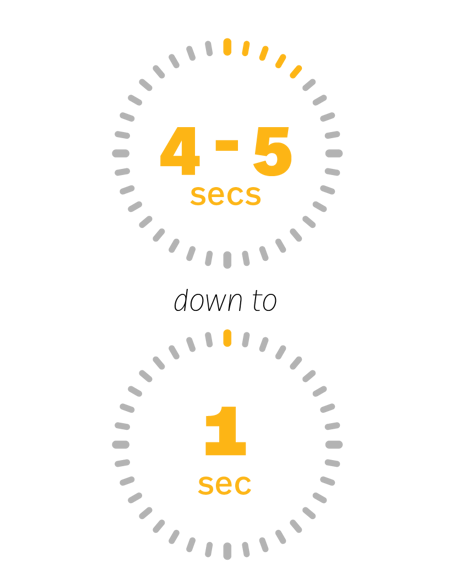
On demo day in March, Very and SSI demonstrated all of the hardware working together at a speed that enabled hundreds of people to walk through the security lanes during shift changes in the warehouse.
Demo Results Lead to Scope Expansion
The UI and speed of the system impressed the global logistics company. They awarded SSI the contract and even expanded the scope of the integration. At the end of the demo, the global logistics company asked SSI and Very to scale for production in under two months and integrate the metal detector’s UI to display the location of any detected metal in our UI alongside the identification information. They liked the UI so much that they made it the central hub to control every piece of access equipment, expanding beyond the initial security lanes to all warehouse door controllers. They also requested reporting capabilities and tiered access groups to control access to different areas of the warehouse.
Our combined work went 100% as planned! Facial recognition worked. Badge worked. Reporting worked. All of our pieces worked. The demo, in my eyes, was an A+”
CTO
SSI
Production Installation in the Warehouse
Two months later, we traveled to the midwestern warehouse to deploy our edge compute, install cameras for facial recognition, and begin integration work with the turnstiles. We again worked with the turnstile and metal detector suppliers to complete the installation while navigating several construction-related delays. Even so, we successfully deployed the product for early production and validation by the end of the month.
During this time, we were responsible for:
- Racking and deploying edge compute
- Installing facial recognition cameras
- Running CAT5 and networking the equipment with assigned IPs
- Setting up a badge printer and training the security team to add and remove employees using our unified UI
- Debugging turnstiles and metal detectors to ensure lanes operated as expected – including proper detection and either access or denial based on the results at the appropriate speed
Within three days, we had the hardware wired and were ready to begin debugging the system. While working with the turnstile installer, we began validating the product. We established six lanes in total. Each lane required two barcode scanners, two turnstiles, two cameras, and one metal detector. We also installed four additional cameras and integrated them with four turnstiles to provide access into the building. We worked for two months remotely, and onsite for roughly three additional weeks to complete all of the work – within three months of demo day.
This particular installation is now in active operation, and new features continue to be requested and added. After only a month of regular use, the warehouse began to require all contractors and employees to run through this system daily, enabling the team to quickly validate their access. And, because the team chose to build the back end on AWS, Very can make any changes remotely as needed.
The Results
SSI has established a successful working relationship with the global logistics company. As a result, they continue to bid on additional facilities and have been chosen to implement similar configurations at five additional sites across the United States.
Facing a tough technical challenge and don’t have the right resources to handle it? It’s not out of reach. Contact us today to discover how Very can bring our expertise to your project.
Credits
Daniel Spofford Software Engineering Practice Lead
Justin Schneck Software Engineering Fellow
Mitchel Haan Senior Software Engineer
Cristian Martinez Software Engineer
Allie Sargente Software Engineer
Nick Refalo Senior Director of Program Management
Let's talk about your vision for a powerful IoT solution.

